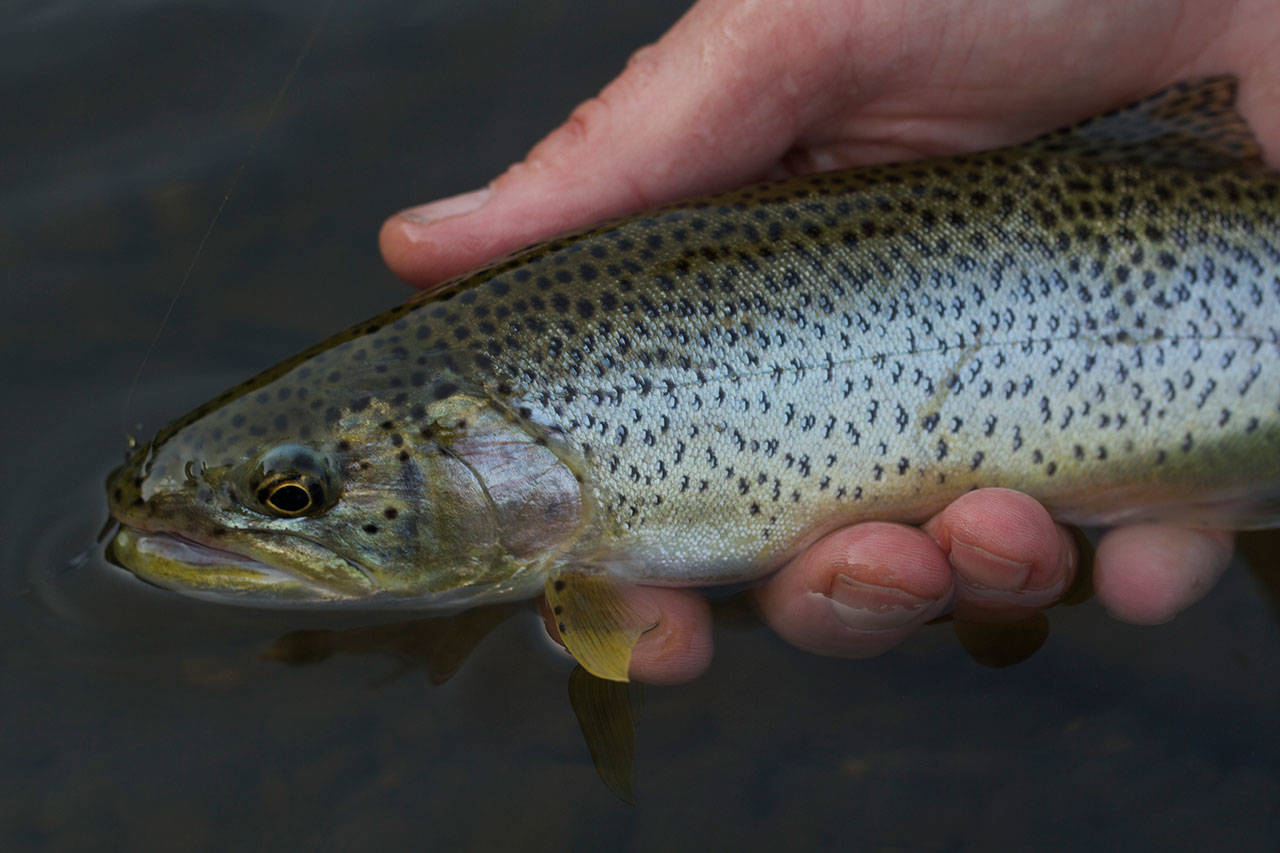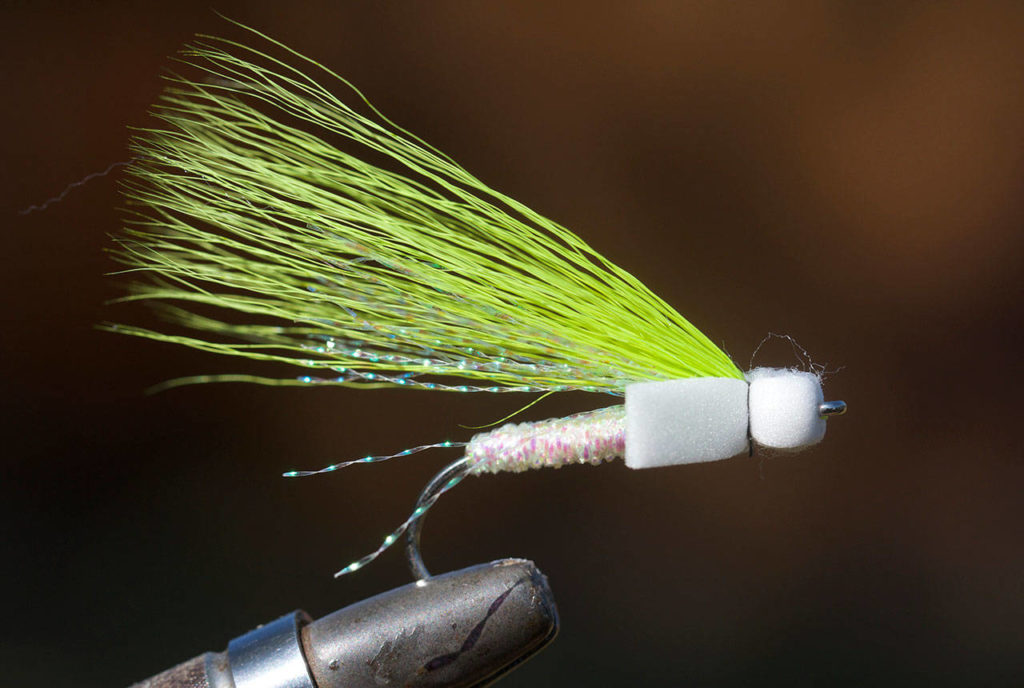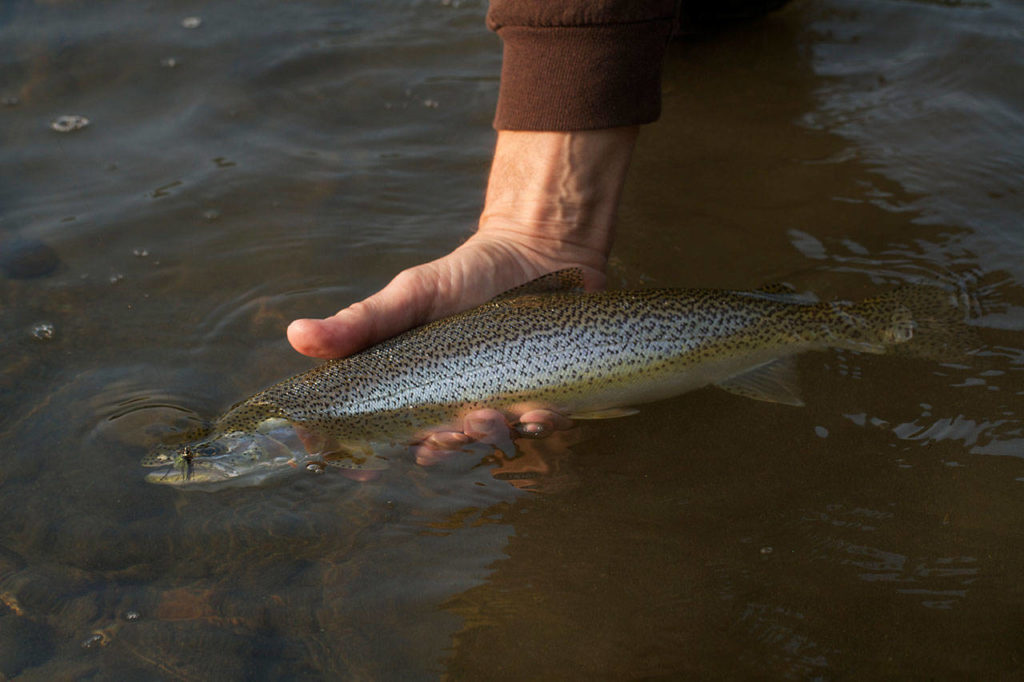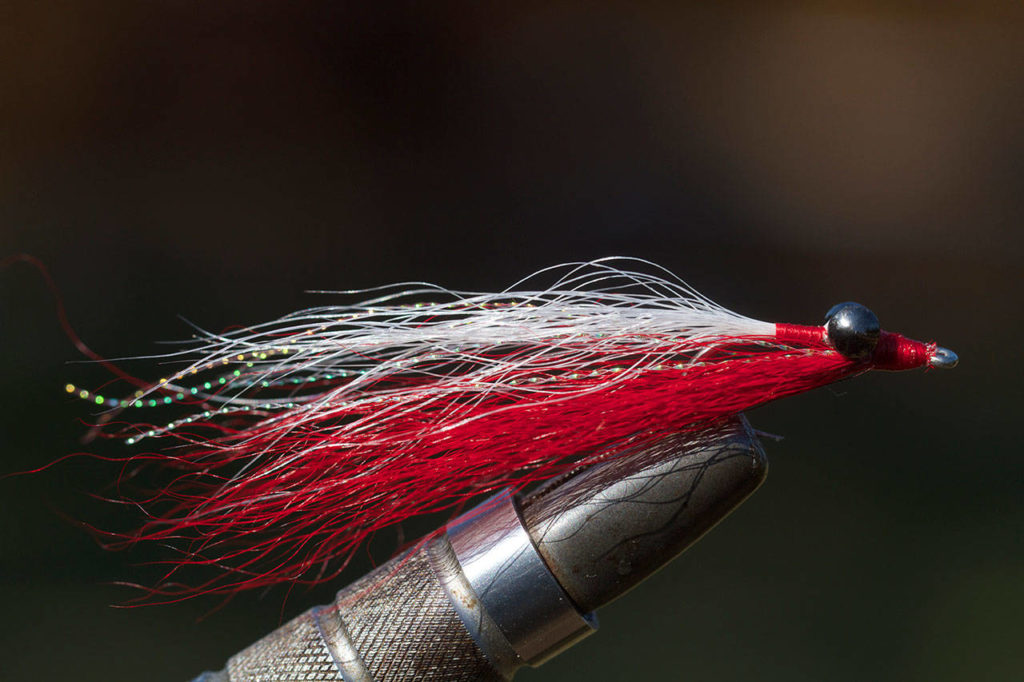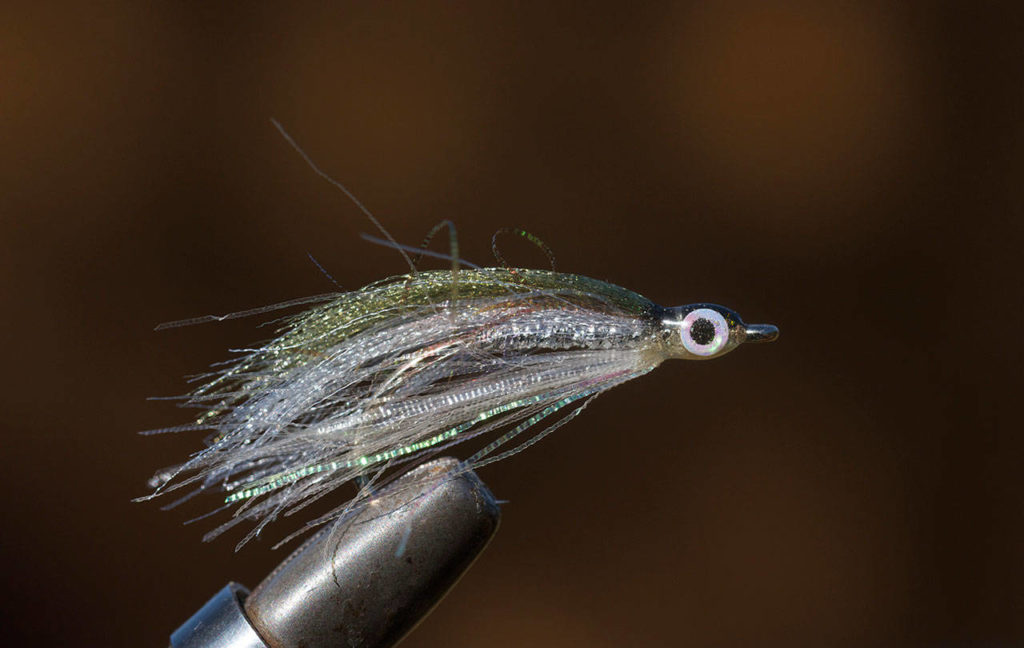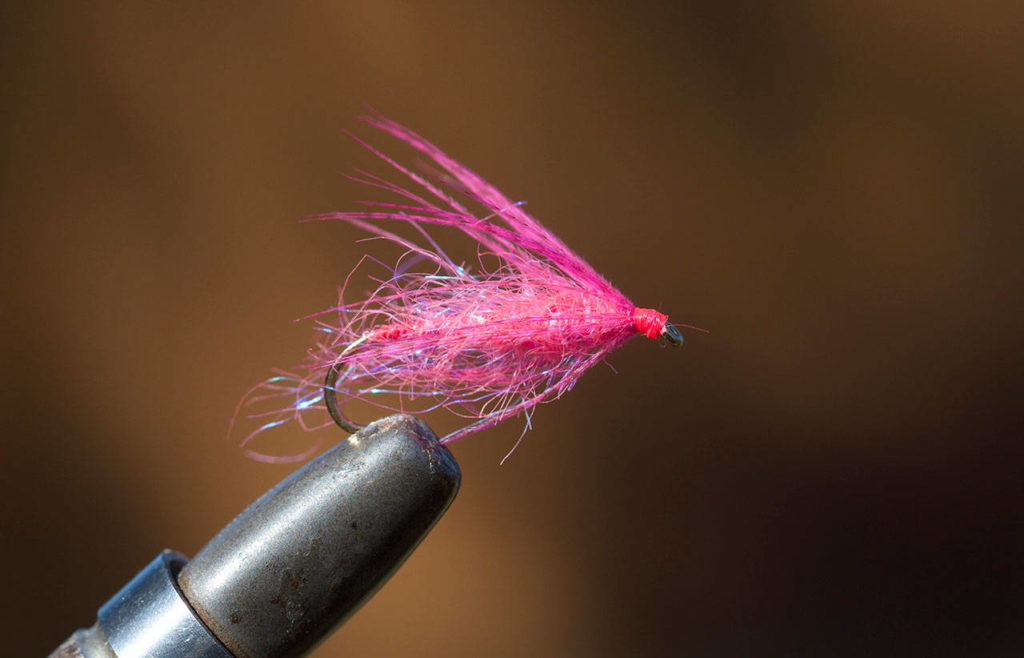By Mike Benbow / Special to The Herald
Summers in the Northwest are special, but fall is my favorite season for fishing.
That’s because lake fishing can be very good as trout try to fatten up for the winter. And Puget Sound’s rivers are even better as they fill with salmon and with my favorite fish — sea-run cutthroat.
Now is the time that I usually start fishing for sea-runs in the Stillaguamish River. They often follow the salmon back into the river in August and September, eating salmon eggs before heading into the tributaries to spawn their own eggs in the winter or spring.
But the Stillaguamish is closed until Sept. 15 this year, so we’ll have to wait.
We can fish for sea-runs now in the lower portions of the Skagit and the Snohomish rivers, or we can stick to fishing in the salt water until mid-September.
Hit the beach
This time of year, sea-runs can be caught from beaches, especially those not far from their home rivers. In Snohomish County, parks at Picnic Point, Meadowdale and Kayak Point provide beach access, although you can’t fish for salmon at Kayak because of predicted poor runs of pink salmon.
I also have enjoyed fishing from the beach at South Whidbey Island State Park in Island County.
Beach fishing for sea-runs is fairly simple.
Cutthroat are an aggressive fish, and they will usually hammer a lure or a fly that looks a lot like a baitfish. You’ll need a pair of chest waders and wading boots to help you search for fish, but you don’t need to wade out too deep.
I generally like to fish in the morning or evening a couple hours before and after high tide, but you can always go when you have the time available. If the light levels are low or the day is cloudy or rainy, the fish are often fairly close to the shore.
Fishing is usually better while the water is moving than it is at the slack tides.
Look for areas near weed beds, boulders and other cover. They provide protection for baitfish, which is what sea-run cutthroat like to eat.
When you arrive, spend a little time watching the beach for active, rolling fish and looking for tide rips before wading in and casting. Your first few casts shouldn’t be far from the beach so you have a chance at any fish in close.
Then cast further out into the moving water, letting your intermediate or floating line blend into the current before twitching it in.
Strikes are typically pretty solid. If you feel a fish grab, but it doesn’t hook up, keeping working your lure or fly and hope it comes back.
Check the bays, estuaries
If you have a boat, you have more opportunities to find fish.
Sea-run cutthroat run into the saltwater to seek more food than they can get in the river. But unlike salmon or steelhead, they typically don’t go too far from their home river, hanging out in the river estuary and nearby bays looking for crustaceans and baitfish.
Like the river creature that they are, they often hang out around areas that provide cover and food, like rocks, weed beds, points of land, and steep drop-offs.
Gear
I typically use a 5- or 6-weight clear intermediate line, which sinks slowly, and a 4X leader or 4 to 5 feet of 6- to 8-pound monofilament line. If I use a floating line, usually when fishing poppers on the surface, I typically add a longer leader. If you’re not a fly fisher, use a lightweight spinning outfit with 8-pound monofilament.
I like to release my sea-runs so that I can catch them again, so I take a pair forceps to crimp down the barb and some nippers to cut my line. A release net and a box of flies are usually all I need.
Talk to us
> Give us your news tips.
> Send us a letter to the editor.
> More Herald contact information.
